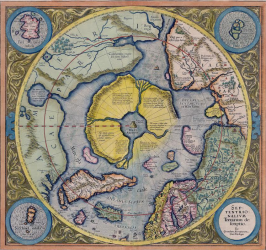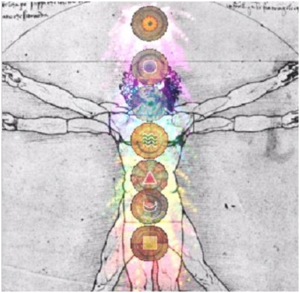Steve Brunton – Discrepancy Modeling with Physics Informed Machine Learning
Rudolf Steiner – The Influence of Spiritual Beings Upon Man
H.P. Blavatsky – Secret Doctrine – 44: The Coming Force – Keeley Motor
Rudolf Steiner – Spiritualism, Madame Blavatsky, and Theosophy
Jason Reza Jorjani – INCENDIARY IDEAS 001 Prometheist Metaphilosophy
Rudolf Steiner on John Worrell Keely
Technology of the Future Force – Rudolf Steiner
http://888spiritualscience.blogspot.com/2017/05/technology-of-future-force-rudolf.html
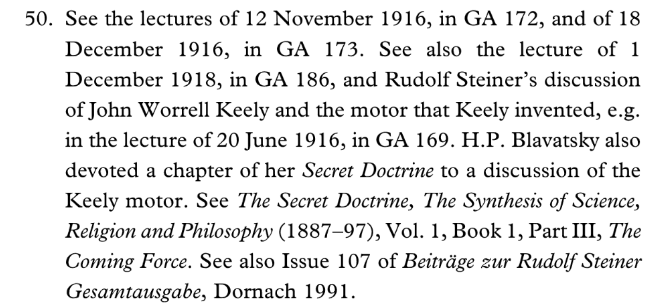
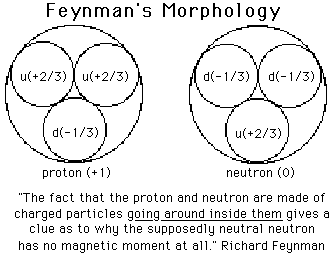
Figure 7 – Feynman’s Morphology. Feynman was not happy with the conventional view of orbiting electrons around a centralized nucleus. Just prior to his passing he conceived and published this “new” idea of what he thought was a better representation of the truth.
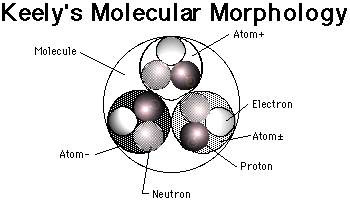
Figure 8 – Keely’s Morphology. Keely developed this idea in the 1880s – years before the electron was officially accepted in 1893. His concept bears near identical resemblance to Feynman’s idea. Unlike Feynman, Keely went on to develop an entire science and applied technology using this paradigm.

